March 31th is Transgender day of Visibility, and like last year, is feels a bit weird as we are all still predominantly indoors. That, however, has not stopped trans people from making news – or rather news being made about us. We are once again, still, as always, under attack from the disgusting, conservative right wing who are hell-bent on our eradication.
Their current tactic: attack trans children.
Twenty-eight states are considering anti-trans bills, according to the ACLU. These bills predominantly fall into two categories: targeting the ability for trans girls and women to participate in school sports, and restricting young trans peoples’ access to gender-affirming healthcare.
While many of them may not become law, bills in three states — Tennessee, Mississippi and Arkansas — have already been passed and signed by state governors this month.
Here are a few highlights:
- ALABAMA
- HB 1 /SB 10 would make it a felony to provide gender-affirming care to trans kids.
- NEW HAMPSHIRE
- HB 68 would classify medically-necessary, best-practice, age appropriate transition-related care for transgender youth as child abuse, imposing criminal penalties on both doctors and parents.
- ARIZONA
- SB1511 would make it a Class 2 felony – punishable with up to 12 years in prison – for a health care professional to provide gender-affirming care to a transgender youth.
- TEXAS
- HB 68 would classify gender-affirming care for transgender youth as child abuse, imposing criminal penalties on both doctors and parents.
- UTAH
- HB 92, would classify gender-affirming care for trans kids as a violation of professional conduct, leading to sanctions for health care providers including major fines and potentially the suspension of their licenses.
- ARKANSAS
- HB 1570, Save Adolescents from Experimentation (SAFE) Act, a measure that would prevent trans people under age 18 from undergoing gender-affirmative treatment. The bill would also allow private insurance companies to refuse coverage to trans people. SAFE Act would also ban cross-hormone therapy, a gender-affirming treatment that allows for trans people to masculinize or feminize their physical appearance to be more consistent with their gender identity.
- Gov. Asa Hutchinson signed the “Fairness in Women’s Sports Act,” which bans trans girls and women from participating in school sports consistent with their gender identity.
- TENNESSEE
- Gov. Bill Lee signed a transgender sports bill into law requiring students to prove their sex at birth in order to play in middle and high school sports, effectively banning transgender athletes.
- MISSOURI
- HB 33 would prohibit health care workers from providing gender-affirming care to trans kids.
- MONTANA
- Anti-trans medical bill (HB 427) has been referred to the Senate Judiciary and is awaiting a hearing.
- SOUTH CAROLINA
- HB 4047 is an anti-trans youth medical care ban.
- MISSISSIPPI
- Transgender athletes in Mississippi’s public schools and colleges will no longer be allowed to compete in women’s sports after the state’s Republican governor on March 11 signed the first statewide anti-trans law of 2021.
It’s only the end of March, and I’m already disgusted and disheartened.
One bright spot: The Senate confirmation of Dr. Rachel Levine as assistant secretary for health in the Department of Health and Human Services. She makes history as the first openly transgender federal official to be confirmed by the Senate.
But still, 2021 is off to an ugly start.
In an effort to up my visibility factor, and in honor of Trans Visibility Day, I submit the following:
I now have a trans pride flag proudly displayed outside my house. We plan to rotate through a few different ones (BLM, progress pride, etc.) throughout the year, but this one will stay for the time being.
And finally, a naff selfie of pandemic me, out and about this weekend:
Please, please, please – check in your trans friends and relatives – they need your love and support. ❤
Stay safe everyone!
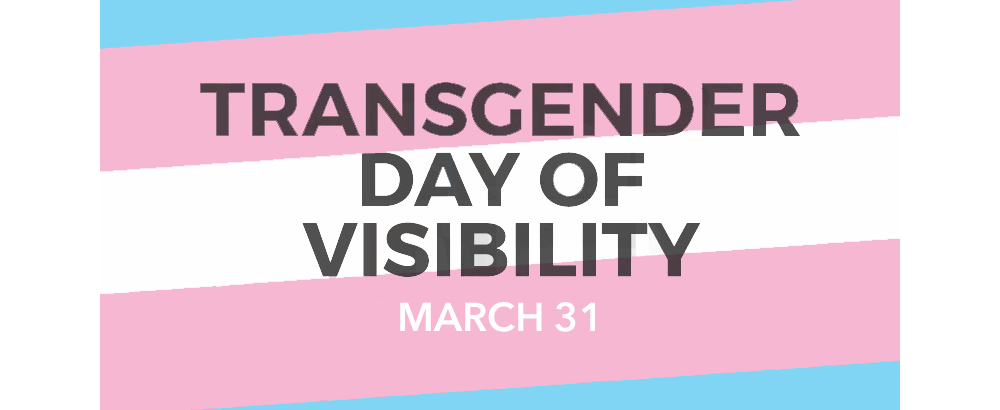
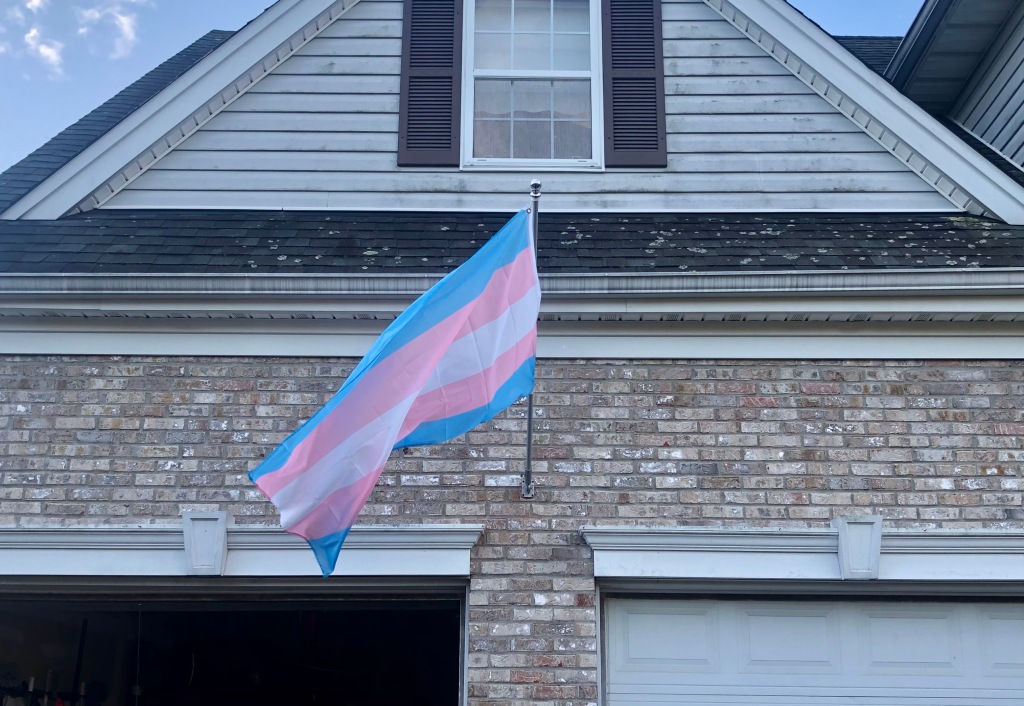
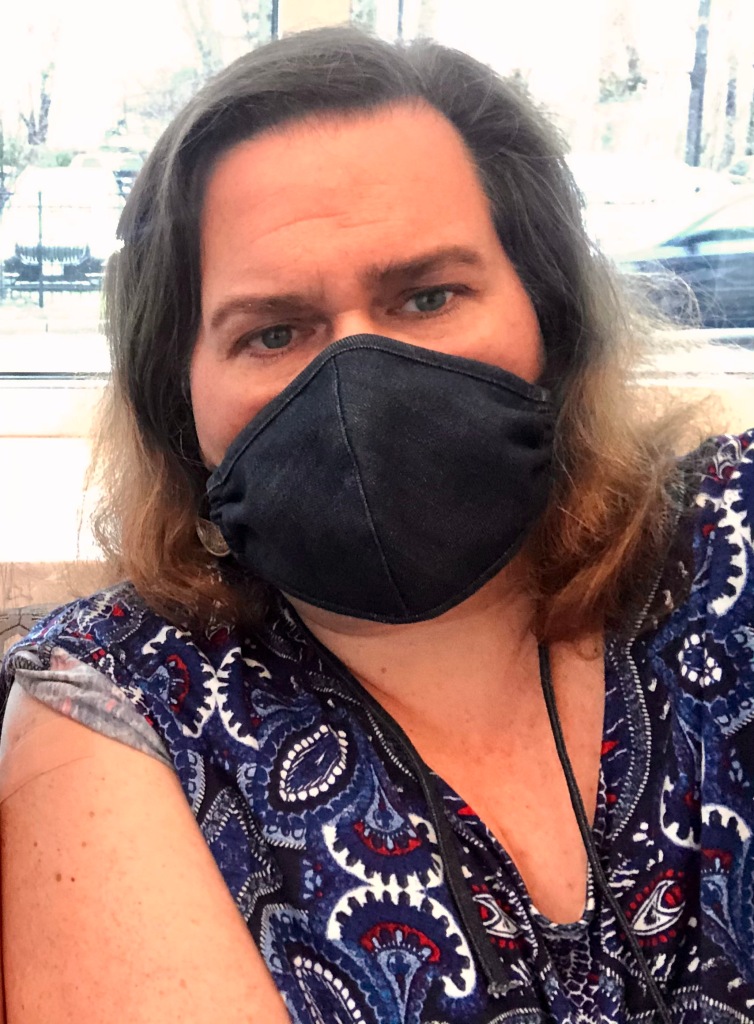
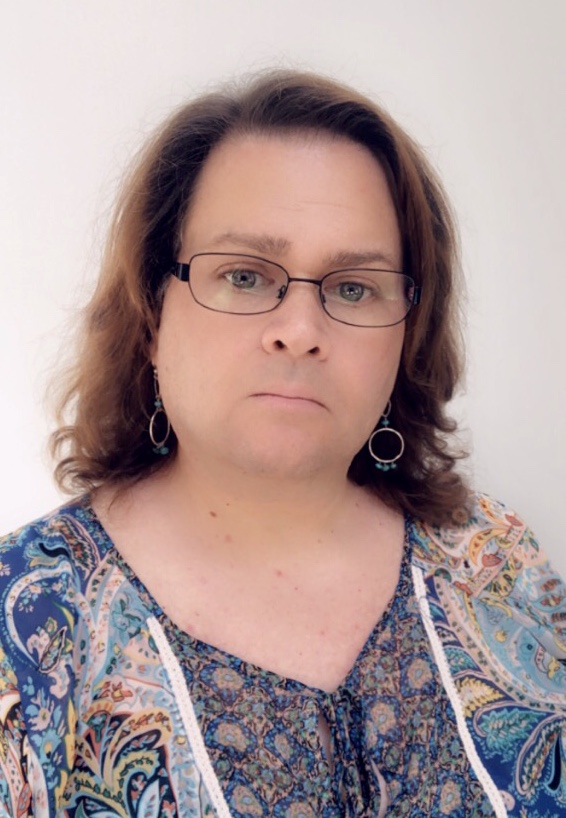
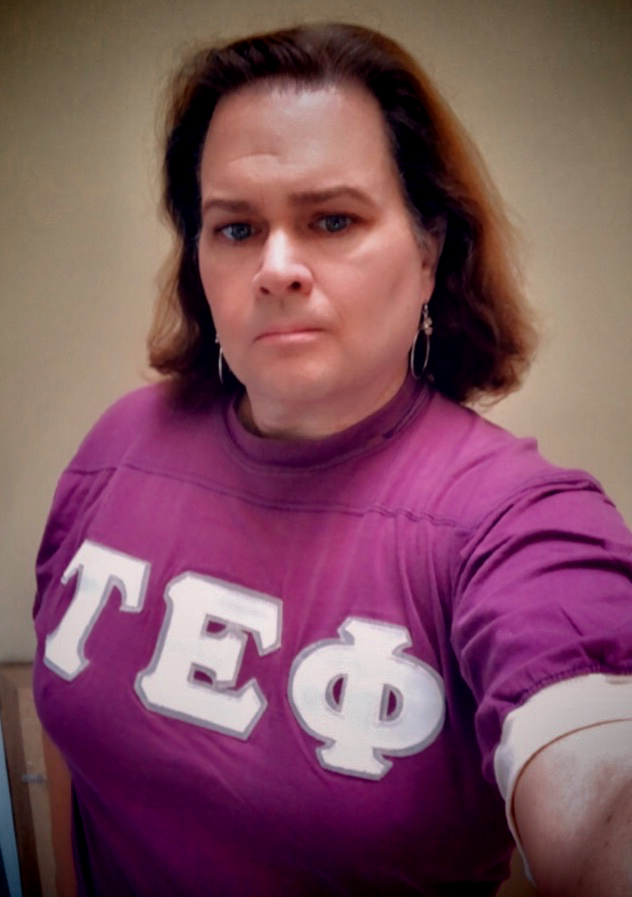
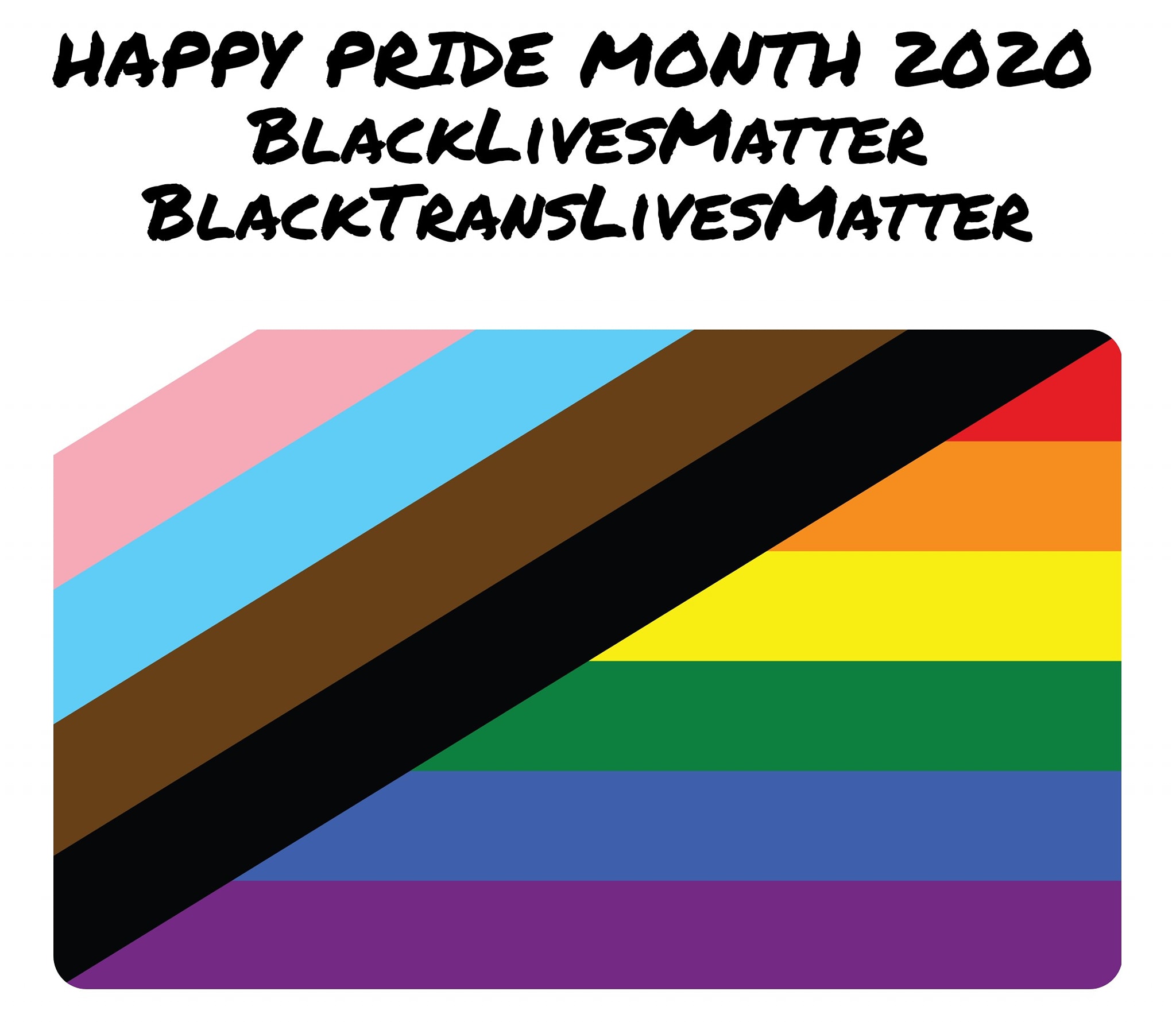
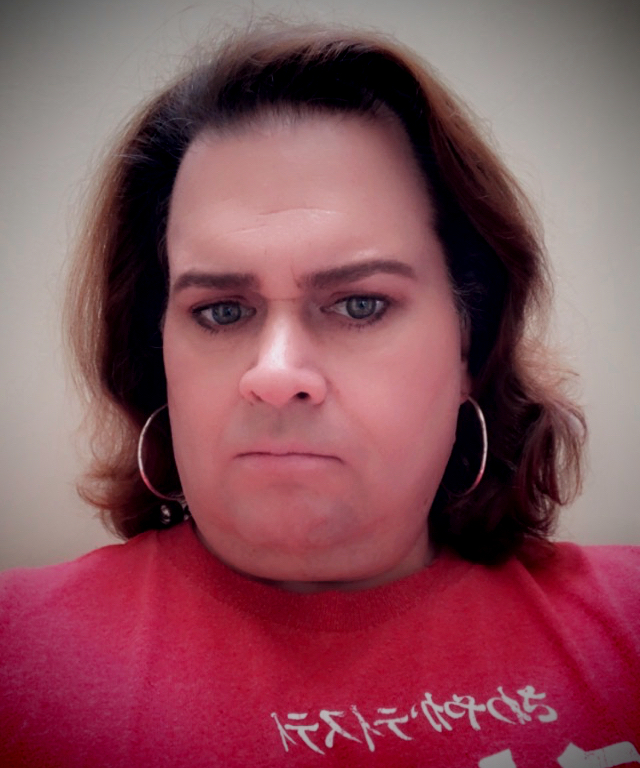
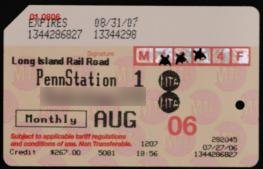
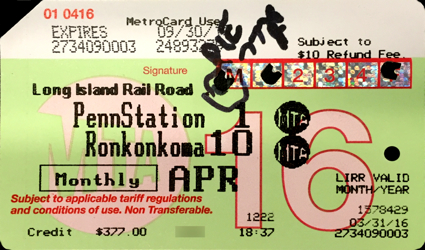
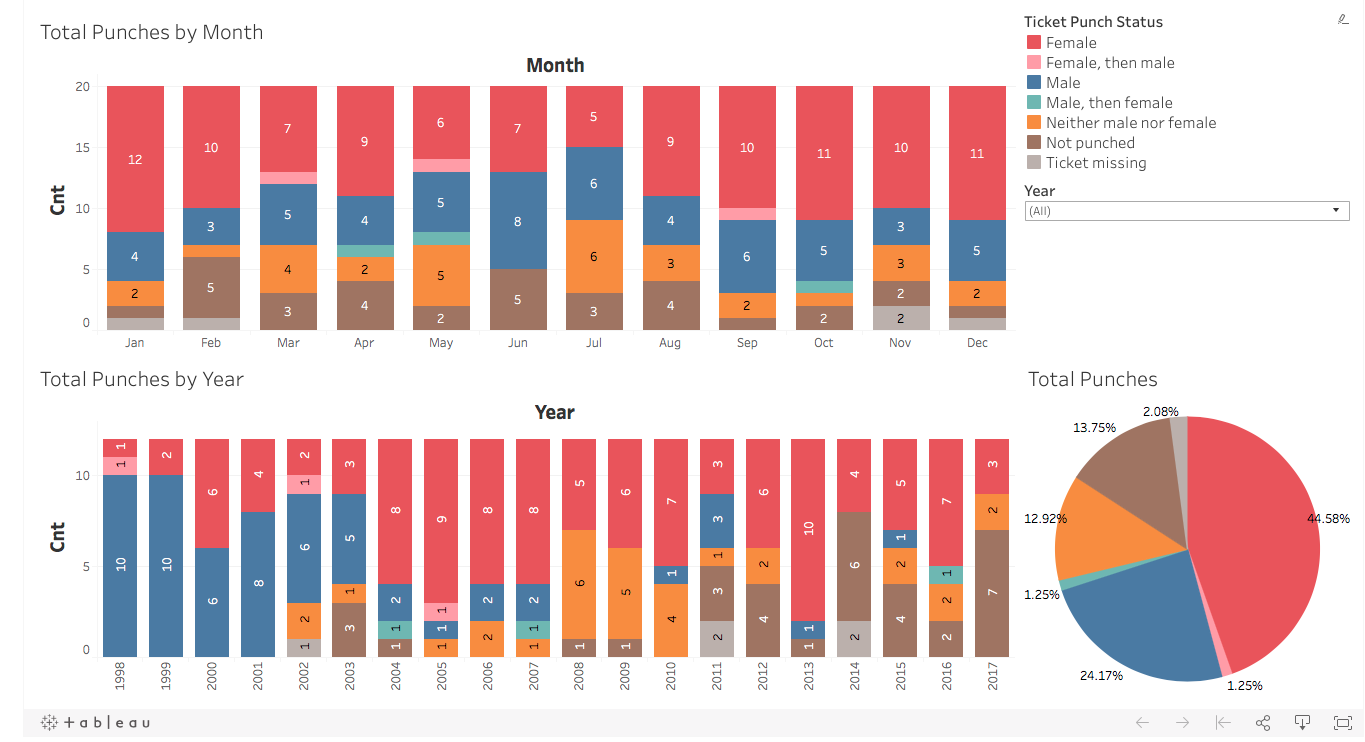
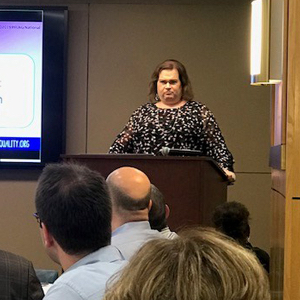
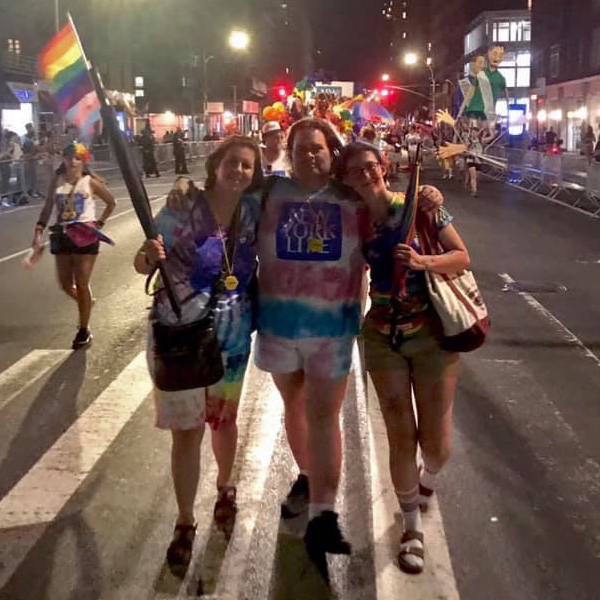
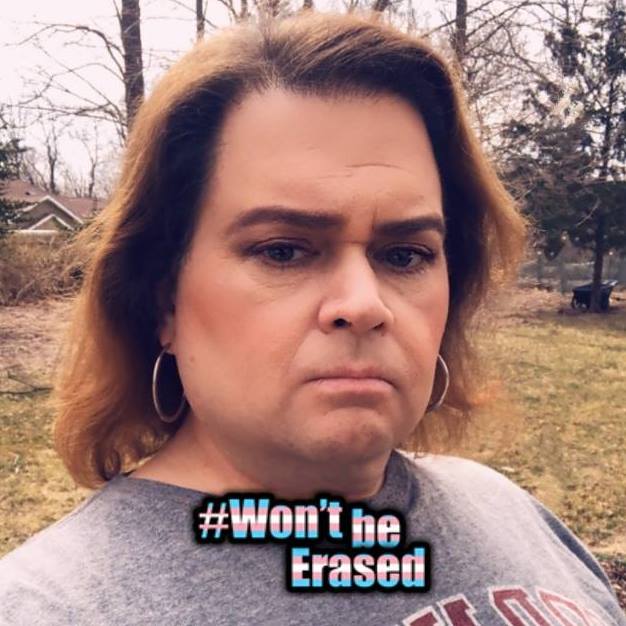
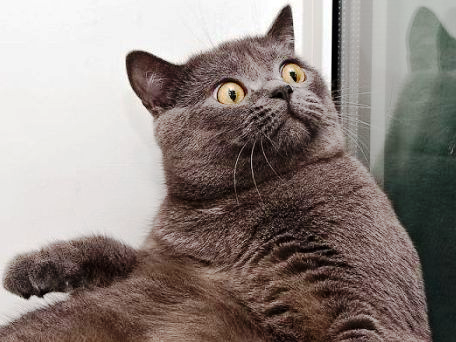
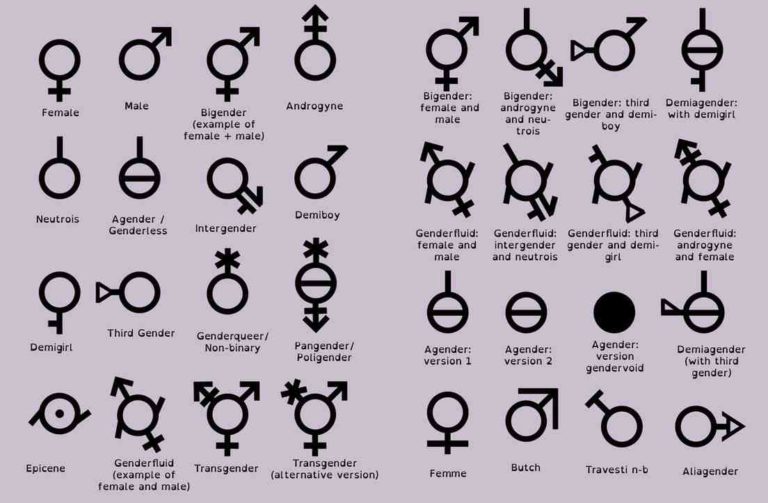
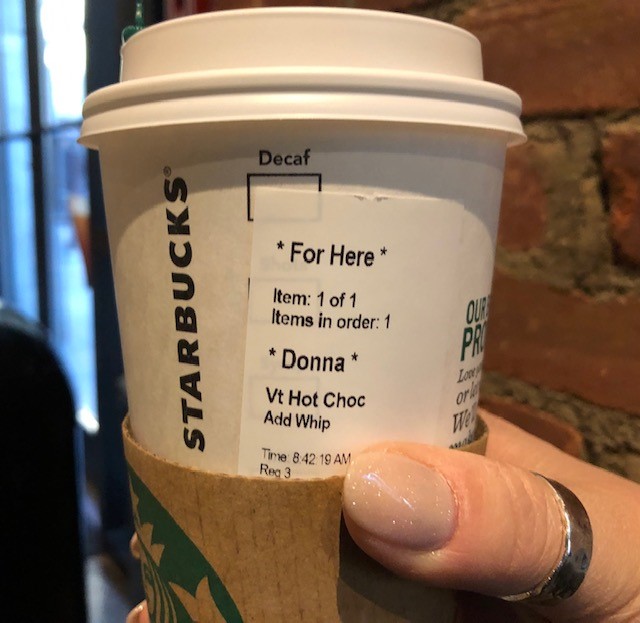
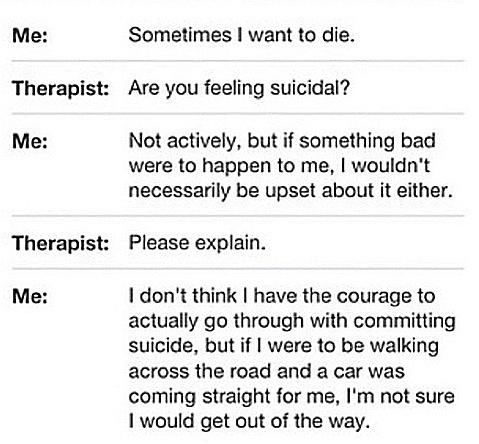
You must be logged in to post a comment.